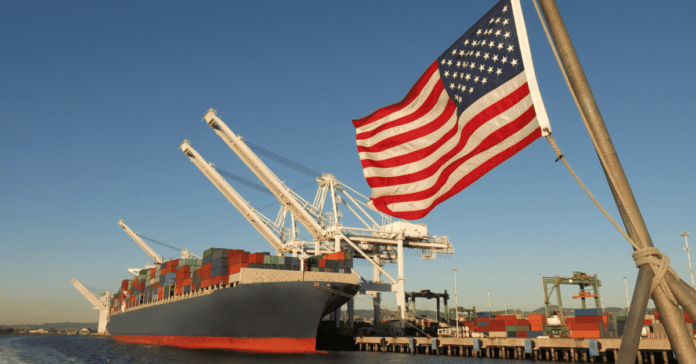The U.S. Trade Representative (USTR) has proposed charging up to $1.5 million per entry for Chinese-built vessels at U.S. ports as part of an ongoing investigation into China’s growing influence in global shipbuilding, maritime, and logistics sectors.
The proposal, detailed in a Federal Register notice published on Friday, includes additional shipping restrictions and a March 24 public hearing on potential remedies.
According to USTR, China has expanded its share of global shipbuilding tonnage from 5% in 1999 to over 50% in 2023, driven by heavy state subsidies and preferential policies for state-owned enterprises. The agency reported that U.S. shipbuilding has declined sharply, with American shipyards producing 70 ships annually in 1975 but only five per year today.
The probe, launched in April 2024 under Section 301 of the Trade Act of 1974, aimed to address the industry’s decline. The findings were released last month, just before Donald Trump took office as president.
The proposed measures include a fee of up to $1 million per vessel for Chinese maritime transport operators, such as China Ocean Shipping Co Ltd. Non-Chinese operators using Chinese-built ships would pay up to $1.5 million per port entry.
Operators with fleets consisting of more than 50% Chinese-built vessels would be charged $1 million per entry, while the fee would be reduced to $750,000 for fleets between 25% and 50% and to $500,000 for those under 25%. Additional charges could apply to vessels currently on order from Chinese shipyards.
Under the proposal, up to $1 million in port entry fees could be refunded for U.S.-built vessels used in international maritime services. USTR is also introducing new requirements for U.S. exports, mandating that at least 1% of exports be shipped on U.S.-flagged vessels for the first two years, increasing to 3% after two years and 5% after three years.
Additionally, 3% of U.S. exports must be transported on American-built ships after three years, rising to 5% after seven years. By that time, at least 15% of U.S. exports would need to be shipped on U.S.-flagged vessels.
Further restrictions include limiting China’s access to U.S. shipping data through the National Transportation and Logistics Public Information Platform and prohibiting U.S. port terminals from using China’s LOGINK software. USTR’s measures aim to strengthen U.S. shipbuilding and reduce dependency on Chinese-built vessels in global trade.




